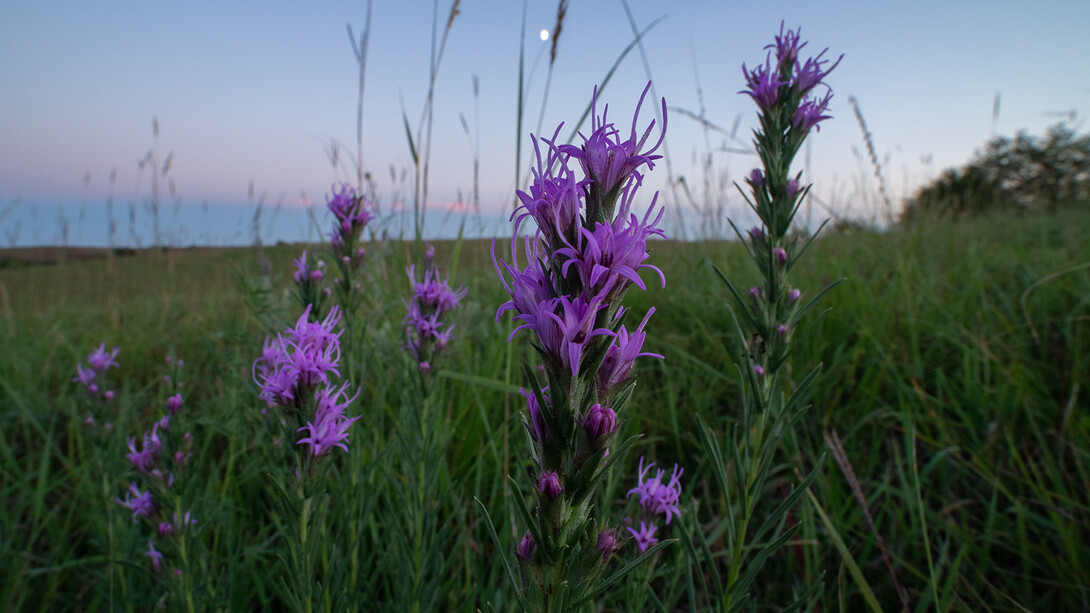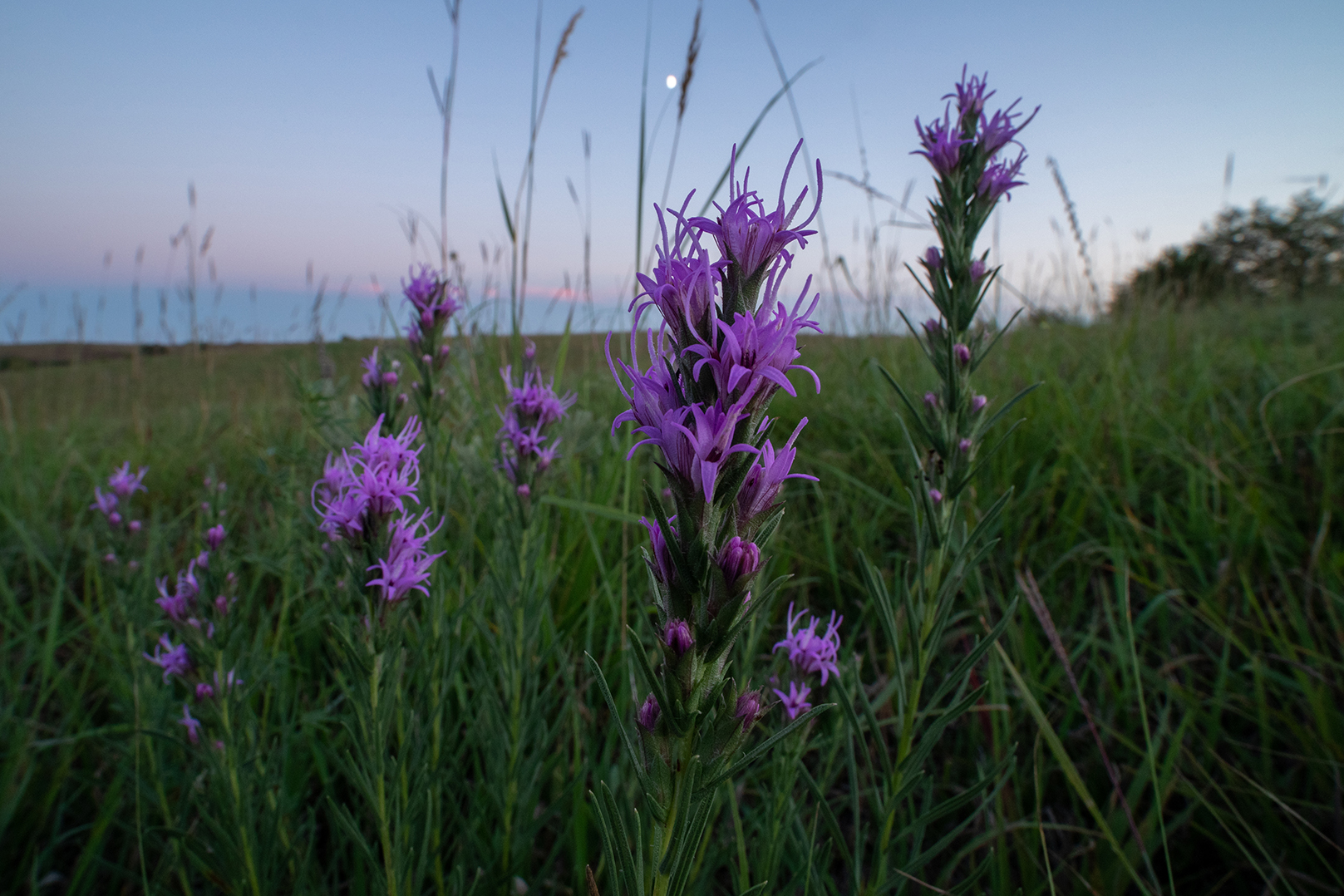
Nine miles northwest of downtown Lincoln is a 235-acre prairie that has connected the community to nature for more than 100 years.
Appropriately named Nine-Mile Prairie, it is a relic of the landscape that once dominated this part of the world. It’s a place the public can visit to walk, learn or just relax. It’s a living laboratory, where University of Nebraska–Lincoln students and faculty have studied grassland ecology, soil science, grassland management and more for more than a century.
It’s also the subject of a new film, which will premiere during a special event at 7 p.m. Nov. 10 in the Hardin Hall auditorium, 3310 Holdrege St. The film, “Nine-Mile Prairie: Hope in the Tallgrass,” touches on the history, ecology and future of the land, as well as ways it has been used by the university and public over the years. A second film, “Salt Valley Greenways: Nature’s Network,” highlighting the public greenspaces that surround Lincoln, will also be shown during the event. Both films are free and open to the public.
For filmmaker Ethan Freese, producing the Nine-Mile Prairie film was an opportunity to blend his passions of storytelling and prairies. Freese, who grew up in Lincoln, has long been interested in the outdoors. But until he was a teenager, he was more interested in mountains than grasslands.
Then, when he was in high school, he interned at the Pioneers Park Nature Center just west of Lincoln. He went on to attend college at Nebraska, where he studied fisheries and wildlife management and grassland ecology and management. While at the university, his interest in tallgrass prairies deepened, and he eventually served as a land manager for Nine-Mile Prairie. Now, as a producer for the university’s Platte Basin Timelapse project, he is able to document prairies and other landscapes through photos and video.
Interspersed with shots of grasses, wildflowers, birds and insects are interviews with people who regularly visit the prairie, including Husker faculty and students, a nature photographer and a member of the Omaha tribe.
“I hope I can encourage people who don’t think we have cool stuff in Nebraska and maybe pique their interest,” Freese said.
Dave Wedin, director of the university’s Center for Grassland Studies, described Nine-Mile Prairie as a “hidden gem” that is part of a larger network of greenspaces around Lincoln.
That ring of greenspaces is the focus of “Salt Valley Greenways: Nature’s Network,” which was produced by Carlee Koehler, also a producer for the Platte Basin Timelapse.
The film is “an ode to greenspace, why they’re around, and why Lincoln has them and should continue to prioritize them,” she said.
Like the Nine-Mile Prairie film, “Salt Valley Greenways” includes interviews with a diverse group of individuals who use the greenspaces for everything from research to picnics.
Koehler hopes viewers see themselves and their own interests in nature reflected in the film.
“We all can find a common ground, and that common ground is appreciating nature,” she said.
The Center for Grassland Studies, along with Solidago Conservancy and Wachiska Audubon, are sponsoring the screenings. Complimentary parking will be available outside Hardin Hall.








